AET Blogs

2014 – Year of the Turbo
We’ve been saying it for some time, but it bears repeating – turbocharging is the future! More and more manufacturers are turning to the turbo in an effort to reduce emissions and maximise fuel economy, and 2014 looks like it could be the year of the turbo, with a number of fantastic new passenger vehicles…
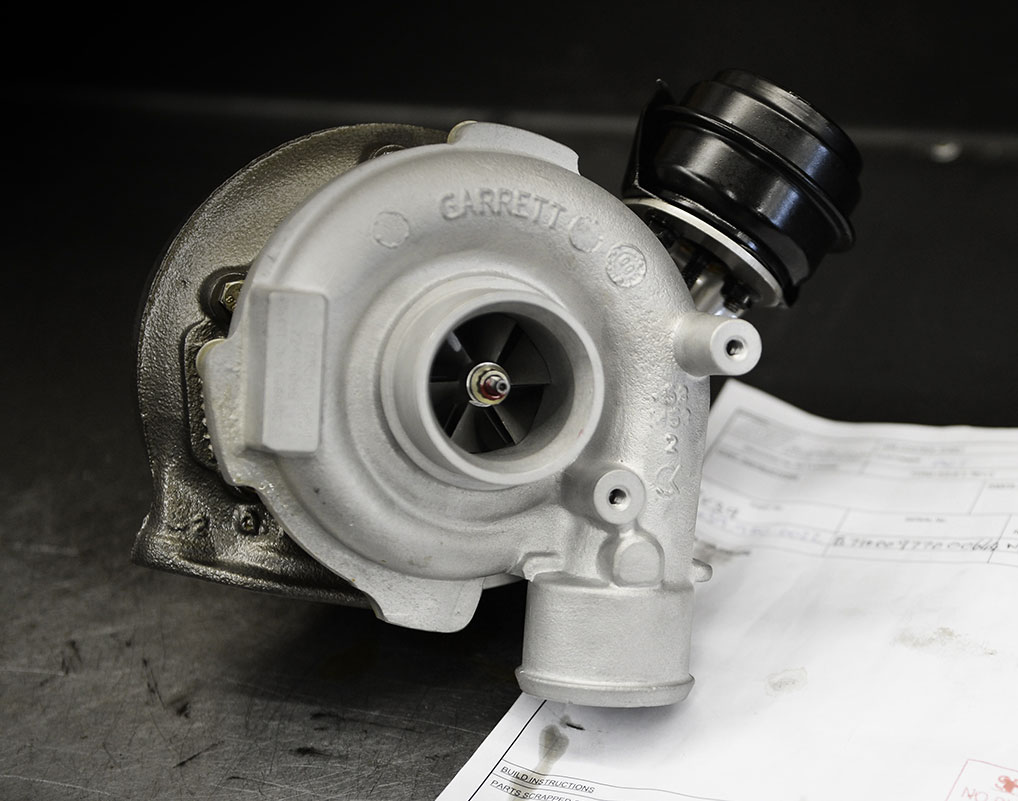
Turbo technology – turbocharger parts and what they do
There are a huge number of different turbochargers in use on diesel and petrol engines across a wide range of industries and applications. Whilst all these turbochargers are slightly different in terms of their size, shape and configuration, they all work in the same way, and share the same basic parts. In this post, you’ll…
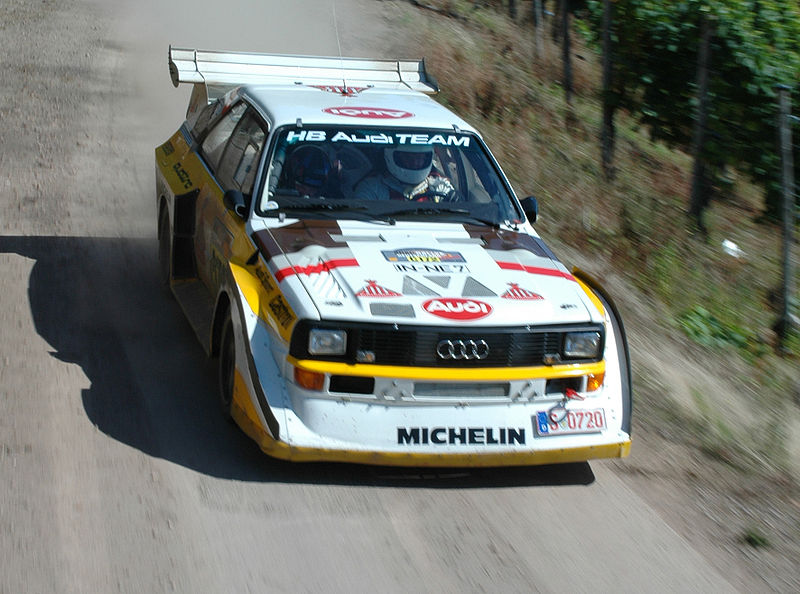
Turbo timeline part three – the modern era
A couple of months ago, we published part two of our history of turbocharging, where we covered the rise of the commercial diesel engines, turbocharging’s impact on motorsport, and its arrival in the passenger vehicle market during the 70s and 80s. In this post, we’ll be taking a look at the modern era, from the…

Formula 1 turns to the turbo – new engine examined
For 2014, Formula One is ripping up the current rulebook, and introducing some revolutionary changes designed to really shake up the sport. Whilst there are new rules covering the chassis and fuel consumption, the biggest change (in our book at least!) lies with the engine. Next year, they’re ditching the naturally aspirated V8s, and replacing…

Cold-weather care – winter turbo maintenance tips
The temperatures have dropped and winter is most definitely here – and there’s nothing worse than your car breaking down and leaving you stranded in the cold weather. All vehicle engines need to be looked after during the winter months, but there are some special steps you should take to help protect and prolong the…

Turbo timeline part two – on the road again
A few weeks ago, we posted ‘Turbocharged beginnings’ - the first part in a series of posts outlining the history of turbocharging. We covered the early years of the technology, from invention, through early aviation use, and up to the first turbocharged passenger vehicles. This post starts where that one left off, and this week,…
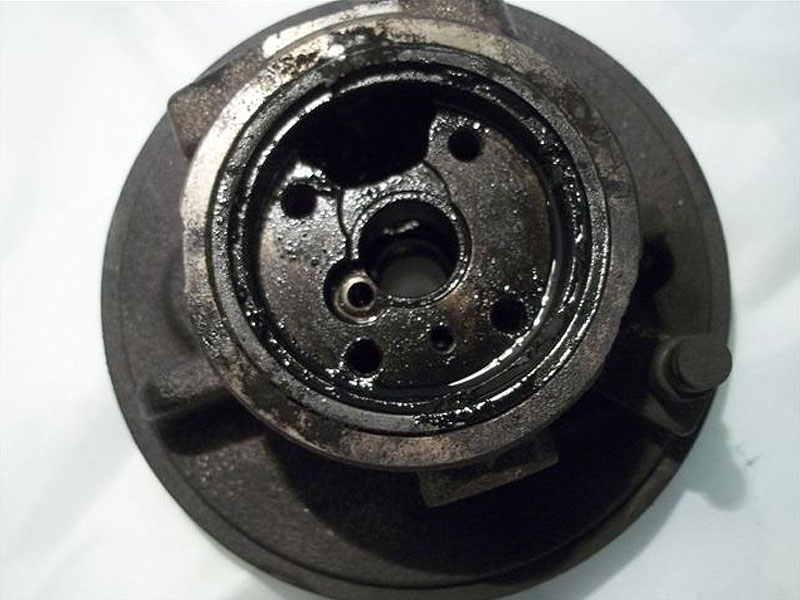
Bearing Housing – carbonised oil blockage in the galleries
In this example, you can see that the bearing housing galleries have become completely blocked and choked up with carbonised oil.
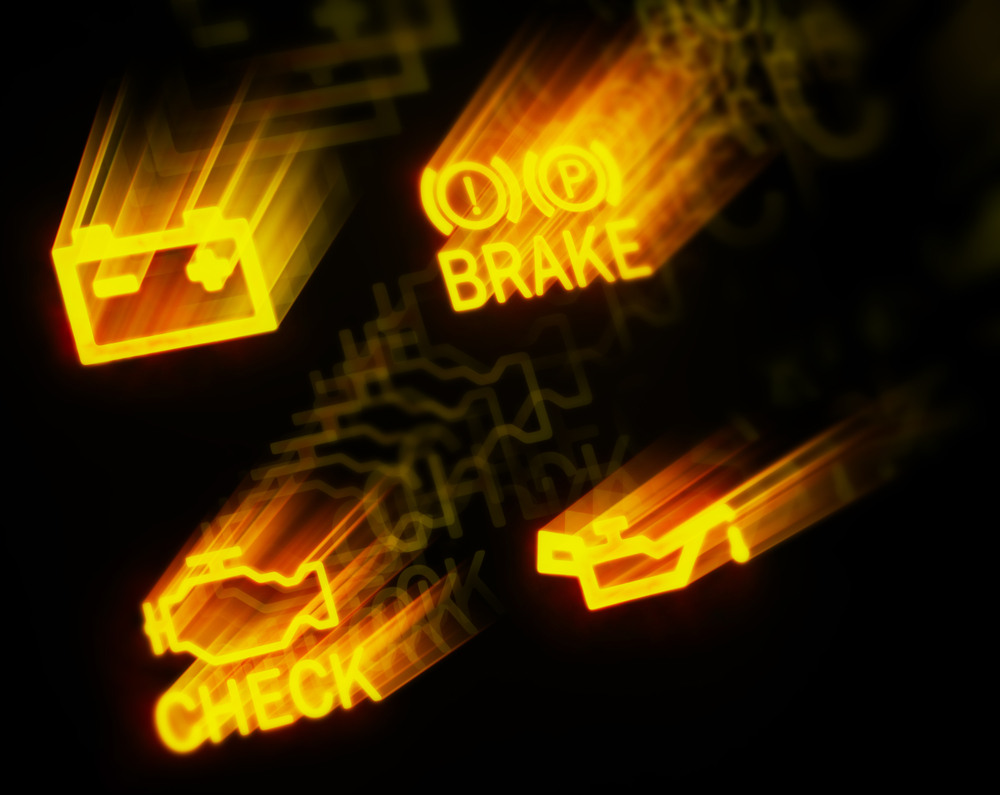
Effective turbo maintenance – keep your car in top condition with these tips
At AET, our teams are here to help when things go wrong with your turbo, but we understand that you’d rather not have to come and see us at all! In this post, we look at a selection of things you can do to prolong the life of your turbocharger and protect it from failure.…

Bearing Housing – corrosion damage
Here you can see a bearing housing register with fairly extensive corrosion damage.

Turbocharged beginnings – an early history of the turbo
Since the invention of the internal combustion engine, mechanics, engineers and scientists have all been looking to develop ways to improve it. In this post, we look at the early years of turbocharging, from the initial concepts surrounding forced injection, through to the early aviation applications, right up to the first turbocharged cars and automobiles.
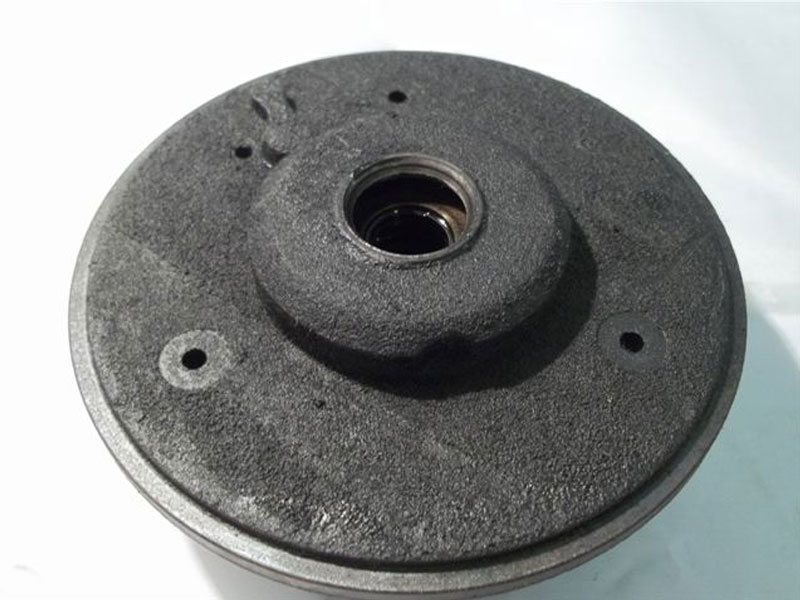
Bearing Housing – damage to the seal area
In this image, you can see damage to the bearing housing seal area, caused by excessive play and wear to the journal and thrust bearings.

Compressor wheel damage – serious overspeeding
Here’s a more serious example of overspeeding damage - in this image, the compressor wheel has actually exploded into pieces due to extreme overspeeding!
